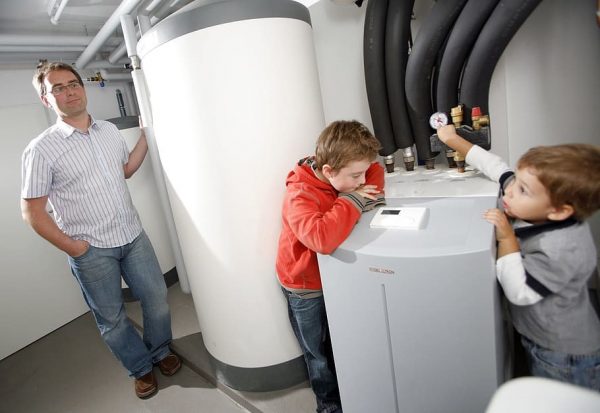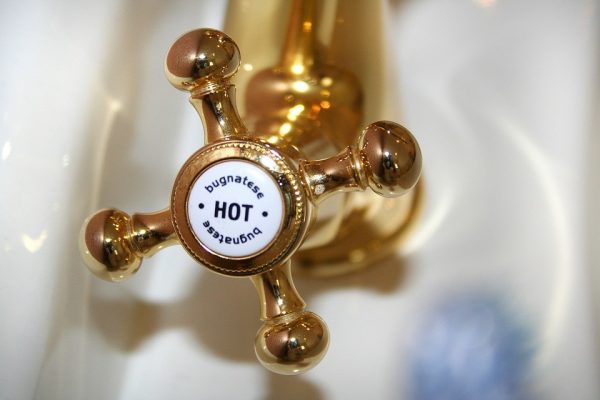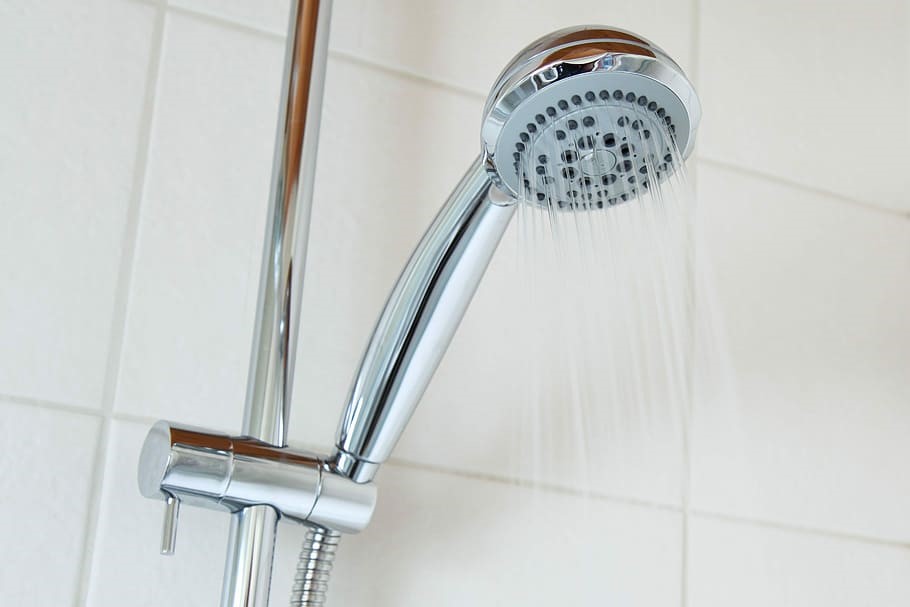Many households across the world use water heaters for showers, dishwashers, laundry, and lots of other chores. You can read more about this appliance when you click here.
There are several options available in the market today, but the traditional and modern heaters work in the same fashion. One of their primary differences is their source of fuel, which can either be gas or electric.
To understand more about how they work, it is better to familiarize oneself with the components of these appliances and how they are connected.
Components to Know
The gas and electric water heaters all have similar components, including TPR valves, internal anode rods, drain valves, pipes, fittings, and dip tubes. Both also have insulating materials that are used to wrap the tank to keep the temperature hot inside a tank for a long time.
In the gas models, the thermostat is often found in the gas control valve. The gas varieties have a built-in limiting device that can prevent overheating. This device is a kind of an internal flue that vents gas and helps the heat to circulate. There’s also a thermocouple that shuts the gas off whenever there’s an emergency.
In the electric models, the thermostat is located on the side of the tank’s interior. When the thermostat senses that the temperature inside the container has fallen below the threshold, it can trigger a switch that lets electricity flow in the heating component. The heating component is submerged in the tank’s water, and the liquid is heated up in the same way that the fire of a stove heats a kettle.
How It Works

An electric water heater brings cold water in through a dip tube. The liquid is then heated using an electric heating element that is located inside the tank. The heated water is then distributed to various parts of the house, including the showers and faucets, by way of heat-out pipes. The general components for this process to work include a thermostat, drain valve, temperature, and pressure relief valve, an anode rod, and an insulated tank.
Maintenance
Most homeowners should do regular maintenance or make sure to do the right installation so that their heaters will last longer. These kinds of maintenance include the following:
- Setting the thermostat into a safe temperature. Most companies recommend to set the thermostat at around 20 degrees to save a lot on electricity bills but keep the heat on the right levels.
- One should flush out sediments once every year. This will prevent premature rusting and other damages on your appliance. Homeowners can check sites such as Garry Richard’s water heaters only for further maintenance, installation, and repair information.
- Check and change the anode rod. The rod is the one rusting instead of the tank. It basically “sacrifices” itself by rusting and keeping the water clean inside the tank.
5 Common Problems That Need Repair
- Colored Water
If you are getting colored water, especially a red hue, you may want to check the inside of the tank. It might be getting rusty. It might even be corroding, especially if you bought it a long time ago.
There might be a need to replace the anode rod to prevent rust from further damaging the entire tank. You might need to check with your plumber if the rod can still be repaired or if you need a replacement.
- Leaks
There are times when you notice leaks coming out of the tank. This is the most common problem that many homeowners experience. Leaks can develop because of too much pressure, corrosion, built-up rust, and condensation inside the tank.
If there’s a leak, you may want to call a professional plumbing service for help to save a lot of time and money. They can address the problems as soon as possible as well.
- Temperature That’s Too Hot or Too Cold
There are times when you can’t get the right temperature that you want. No matter how you set up the thermostat, the liquid is still too hot or too cold for you. If adjustments in the thermostat don’t change a thing, this device might be faulty.
There are also possibilities of built-up sediments inside the tank. You can try draining all the liquid inside the container and refill the entire tank with a cleaner one. If there’s no sediment and draining doesn’t solve the problem, then you might want to call in a plumber for an assessment.
- Not Enough Volume of Water
It can be frustrating if you find that you can’t have a good long and hot shower because of a problem in your heater. This issue can have many causes, including the thermostat not functioning well and a lot of other factors.
You might have a tank that is too small and can’t hold enough. You might want to consider investing in a much bigger one, especially if there’s a lot of people inside your household that use hot water. You can get the tankless varieties so that you will never run out of warm or hot water whenever you want it.
- No Hot Water

There are times when no matter how you want your bath to be heated on a winter day, cold water comes out from your faucet.
If this is the case, you might want to check the pilot light and make sure that it’s turned on. Know more about pilot lights here: https://homeguides.sfgate.com/light-pilot-gas-hot-water-heater-26723.html. If the pilot light is working fine and you are still getting the same issue, this can mean that an even bigger problem needs to be addressed.
A Final Word
When you are facing problems with an important house appliance such as water heaters, you may want to try to fix the issue yourself. However, there are times when you may need to call your local plumber for efficient service.
Your trusted professional plumber can also solve the problems in a fast and efficient manner. There are issues that you may need to address sooner before they become worse.
Make sure that you hire someone who is trustworthy and has an excellent reputation in the plumbing industry. This way, you are assured that you are getting the services that you need most affordably.










